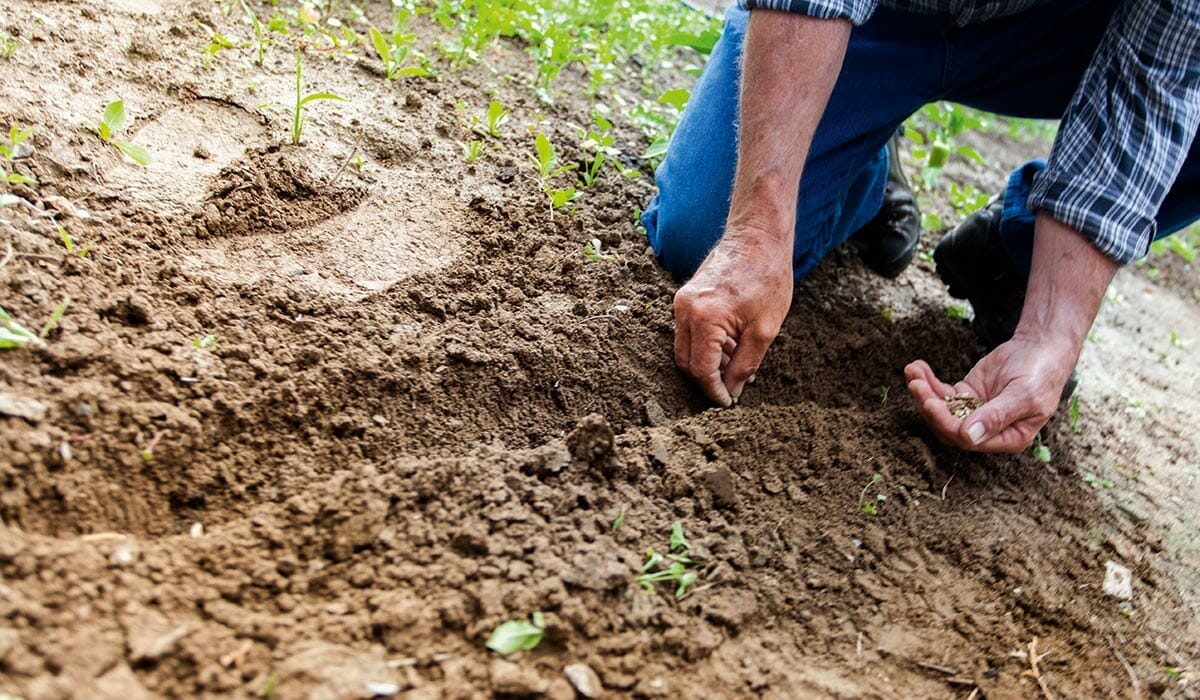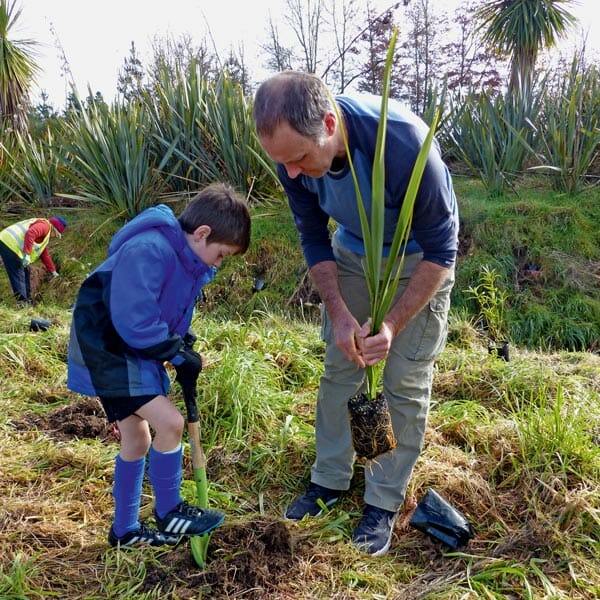For the Greater Good – Sustainable Gardening

Warmer days and longer nights allow more time spent outdoors and engaging our green fingers. A call to garden can be a complete redevelopment, a freshening up of landscape or a turn at planting new species and shrubs. Whatever your endeavour, we dug out some sustainable gardening tips from those in the know to help lift your yard and inspire a fresh take on methods and means.
Sustainable gardening isn’t just a process, it’s a journey or movement. Sustainable practices go beyond using organic sprays and mulch, they consider water and energy conservation, waste reduction, smart-seed sourcing and smart-tree planting. Sustainability promotes forward thinking with an ethos to preserve and to protect.
Where to Begin?
The average Kiwi lawn size is shrinking. Gone are the days when a central plot of grass dominated and plants were designated to borders and edgings. Today’s sustainable design approach means working a space to your best advantage and planning ahead, advises Emma Kunac of Taupō’s Girls on Grass.
“Look at the garden as a whole and start with what you have. It can be as simple as moving plants around to reduce maintenance time,” she says. “Weeds need light so filling up your garden reduces light to the soil thus reducing weeds,” she says.
Also consider:
- Building or creating paths with recycled or environmentally-friendly building materials.
- How multi-functional is your space, i.e. does it incorporate low-maintenance features and utilise balconies, terraces etc?
- Are your plant choices going to require extra pruning?
“Go up! You can make a tree do what you want, and training up a stake or fence can make a space feel bigger,” says Emma. “Take the sparky off you contacts list too! Solar lights are all go!”
What Should I Plant?
Every area has plants that are best suited to its micro-climate, so it’s wise to plant to the conditions.
“The Taupō / Waikato region is renowned for its harsher soil conditions and pumice prevails – which makes for good drainage,” says Robyn Ellis, co-ordinator of Greening Taupō.
“With our restoration planting in parks and corridors we plant mostly natives that are hardy and attract the native birds.”
Greening Taupō’s native tree planting picks for bird-friendly local gardeners, include: Cook Strait Kowhai, Green Mistletoe, Harakeke Flax, Kaka Beak and Puawhanaga Clematis.
If you’re looking for pops of colour, there are options aplenty, says Emma of Girls on Grass. “Think Rhododendron, Azalea, Port Wine Magnolia and Lavender,” she says. “For structure, think Miniature Toi Toi, Pittosporum Golf Ball, Coprosma Red Rocks, Corokia, Teucrium Fruiticans and Carex.” Vege speak, edibles to turn a hand to, include: Garden peas (ideal for a fence/tepee), Lettuce (plant in a shady spot and add a few seeds every week for constant crop) and Kale (a bumper crop can be frozen down).
“Planting basil with tomatoes also improves the flavour of the tomatoes and repels flies and mosquitoes,” says Emma.
Feeding Soil and Conserving Resources
Supporting your soil means supporting your plants. Soil can lose up to 70% of water on a hot day – especially without a protective layer on top.
Mulch:
One of the best moisture barriers – and weed suppressors – you can employ. Aim for a courser mulch that allows water to permeate down to the soil – old recycled cardboard and shredded newspaper also make a great spread.
“Some of our tree planting involves using wool carpet as a protective layer,” explains Robyn. “Not only do these offcuts naturally breakdown but they prevent the weeds from coming through and smothering the trees.”
Feed:
Kelp, seaweed and compost all encourage plant growth by releasing microorganisms into the soil. Enriching your soil with nutrients sourced as close to home as possible is apt too. Coffee grounds can be collected from local coffee shops or gas stations – and they’re ideal for pumice-type soils because they break down slowly. Try turning all your vegetable and fruit peelings and trimmings into compost and maintain a consistent turnover of compost by creating a two-bin composting system. For example, one bin contains broken-down materials from last season, and bin number two is fermenting for the season ahead – just as BK Contracting do!

BK Contracting’s Composting Know-How:
The team at BK Contracting have composting down to a fine art – from reuse, to construction, to filling, to final product – here’s how they do it …
- First, we build our compost bins using recycled railway sleepers for the three sides and untreated recycled timber for the removable front drawers.
- Then, we put a divider in the middle so we can fill one side and use the compost from the other.
- To start the composting process, we add all our grass clippings and leaves etc, then our food scraps – minus any meat and bones which deters rodents and doesn’t break down as quickly.
- We always try to cover food scraps with grass clipping because this quickens the composting process.
- Our compost is ready to use on the garden approximately two months after the bin is filled.
Happy composting!